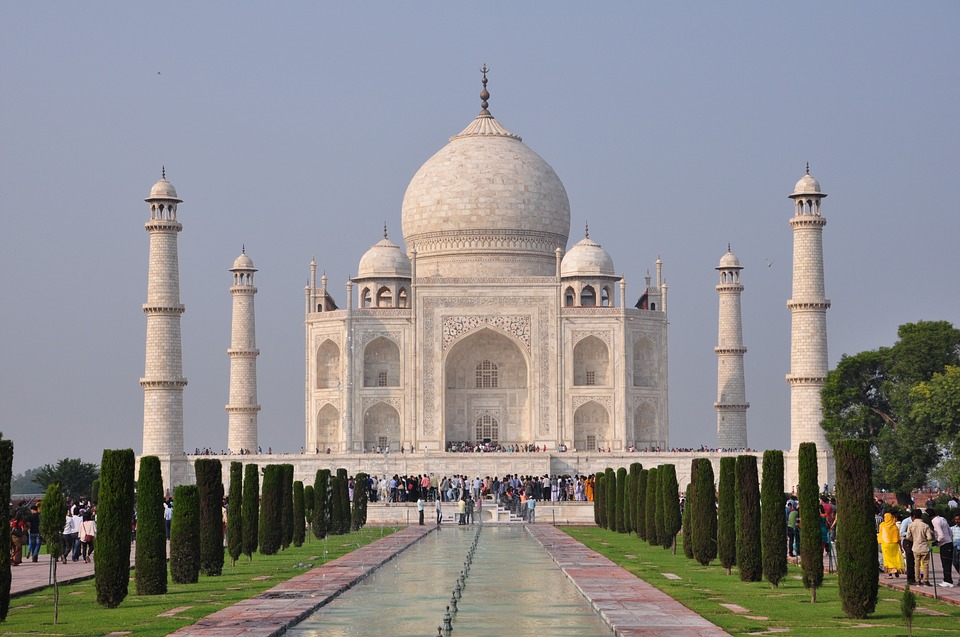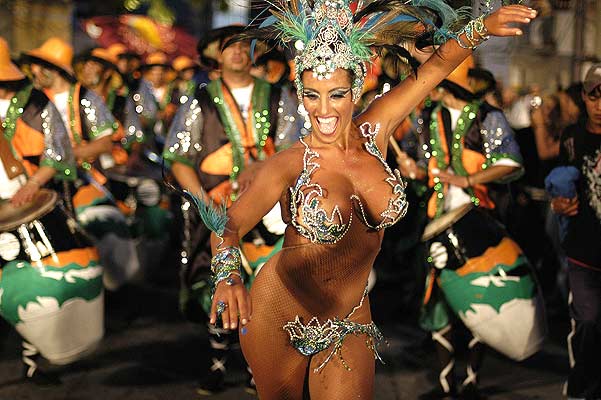As the capital of India, Delhi is home not only to the heart of India’s government, but also features incredible cultural opportunities and shopping at plazas such as Connaught Place. But with record of regular inhabitation since the 6th century BC, the city’s rich and layered history is worth exploring as well. Here are five key historic spots to check out during your time in the capital:
1. Humayun’s Tomb

Located not far from the banks of the Yamuna River, this monument was declared a UNESCO World Heritage Site in 2003 and is still undergoing restoration today. As green parakeets chirp above your head, take in the delicate marble inlay of the tomb and the long rows of arched alcoves that grace its exterior.
Construction began on the red-sandstone mausoleum in 1565, per the orders of Humayun’s widow, and was completed in 1572. Son of the first Moghul emperor Barber, Humayun ruled over Delhi for ten years, was then driven out of the kingdom for fifteen years, only to return a year before his death in 1556.
The entire complex features other notable buildings as well, from the 14-meter tall Arab Serai Gate, where Persian craftsmen lived while constructing the tomb, to the single-domed Barber’s Tomb, built in the late 16th century. You’ll also welcome the leafy, park-like atmosphere, with its wide grassy spaces and many palm-lined paths–don’t be afraid to do as the locals do and recline in the shade of a holy peepal tree.
2. Qutab Minar
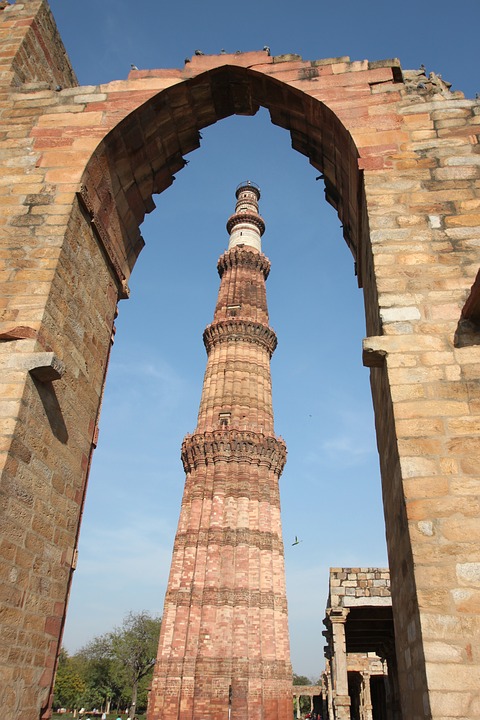
Crowned with the status of the world’s tallest brick minaret, this 12th-century tower is named after the Turkic king who initiated its construction. Built in four sections with 379 steps leading precariously to the top, the tower was put together without a single drop of cement or motor. Instead, workers employed an interlocking method, by which grooves were chiseled out of stones and then linked together like Lego blocks.
Another interesting feature of the minaret is that many of the stone pillars surrounding it have been decorated with Hindu designs. Hand-carved with a hammer and chisel, these seemingly out-of-place pillars were bought from Rajasthan in the 14th century because they were cheaper. Today they add a curious contrast to the otherwise Islamic complex.
Similar to Humayun’s Tomb, the Qutab Minar is also surrounded by a large section of gardens, complete with meandering dirt paths, stone ruins and crumbling walls. After you’re finished taking in the history of the tower, enjoy another well-deserved respite from Delhi’s heat.
3. Red Fort
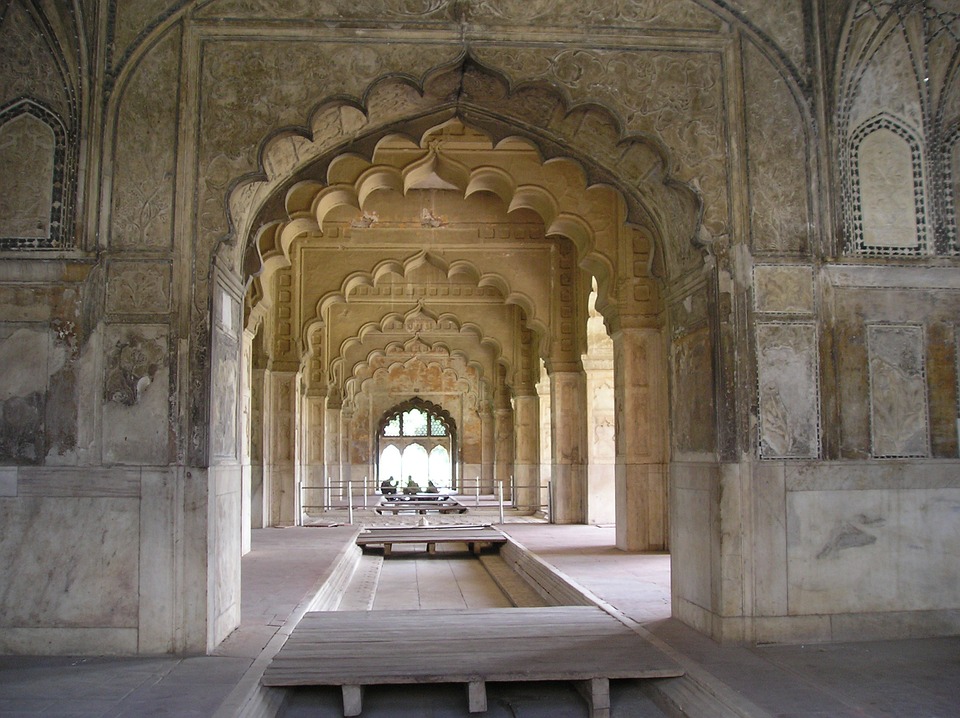
The imposing walls of this 17th-century complex are visible throughout the city, given its central location near the Old Delhi railway station. Built by the fifth Moghul emperor, Shah Jahan (whose name means “King of the World”), the Red Fort initially served as the royal family’s place of residence and was located at the heart of Shahjahanabad, or what is known today as Old Delhi.
Construction on the fort began in 1638 after the emperor’s decision to move the capital from Agra to Delhi. Today, its red-colored, sandstone walls conceal wide, columned courtyards, pavilions surrounded by pillars, and the white marble Moti Masjid, or Pearl Mosque.
At night, you could also choose to attend a private light and sound show at the Red Fort that explains more details of Moghul history.
4. Jama Masjid
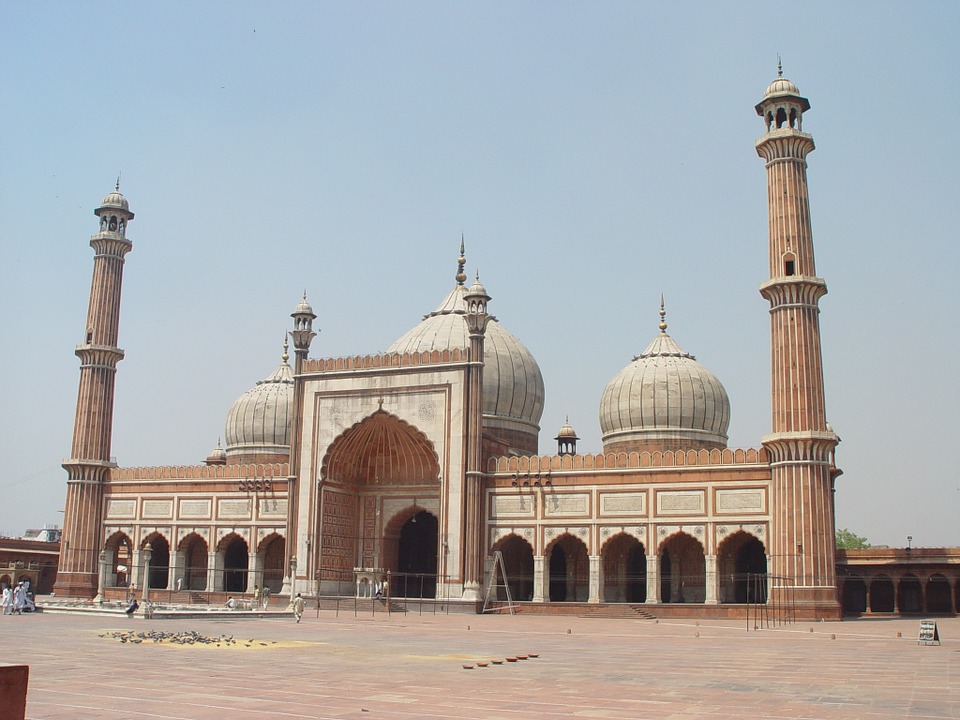
Also known as the Friday Mosque, the Jama Masjid is the largest mosque in India and the most well-known in Delhi. Completed in 1628, it was also built by Shah Jahan, the same emperor who constructed both the Red Fort and the Taj Mahal.
Once you pass through one of three gates looking out over Old Delhi, you can take in the immense space of the interior courtyard, which can accommodate over 20,000 people. Flocks of birds frequently take off in great numbers, and both worshippers and tourists alike gather around the purification fountain in the center of the square.
A unique feature of the Friday Mosque is the cupolas that adorn the top of each dome. While the rounded dome is very much a Muslim tradition, the lotus blossom that can be seen from above is borrowed from Hindu design, and the metal pots (or kalasha) are also Hindu symbols of good luck. This blend of Indo-Isalmic architecture testifies to the great harmony that existed in Delhi at the time of the mosque’s construction.
5. Gurudwara Sis Ganj Sahib
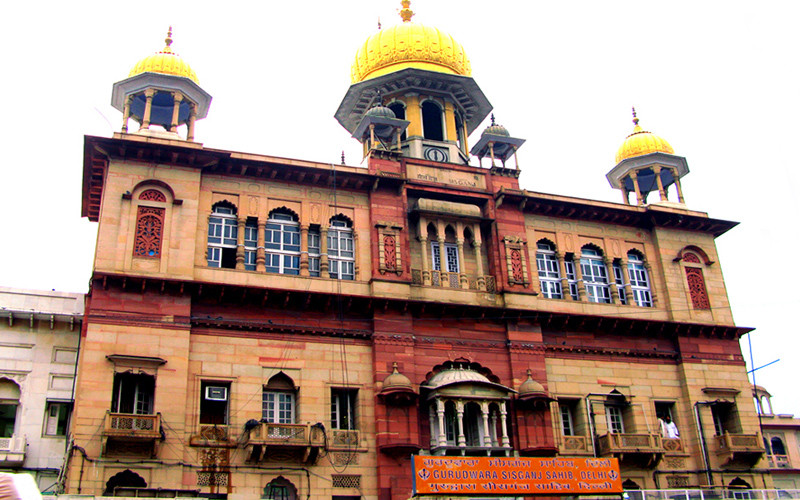
The iconic gold domes of this well-known Sikh Temple overlook Chandni Chowk, the main street of Old Delhi. While the present temple was only constructed in 1930, the site itself holds an important place in history.
It was here that the ninth guru of Sikhism, Tegh Bahadur, was assassinated in 1675 by orders of the sixth Moghul emperor–the same man who imprisoned his father, Shah Jahan, in the Red Fort in Agra. Accordingly, the temple has been dedicated to this guru and has even preserved the trunk of the tree beneath which he was beheaded.
A visit to the Gurudwara Sis Ganj is an enlightening encounter with another important religion in Indian culture. After witnessing the granthi sing and play drums in the central worship area, make your way to the community kitchen, where anyone is invited to a free meal. The smell of spicy curries and fresh chapati baking might even tempt you to take them up on the offer!


